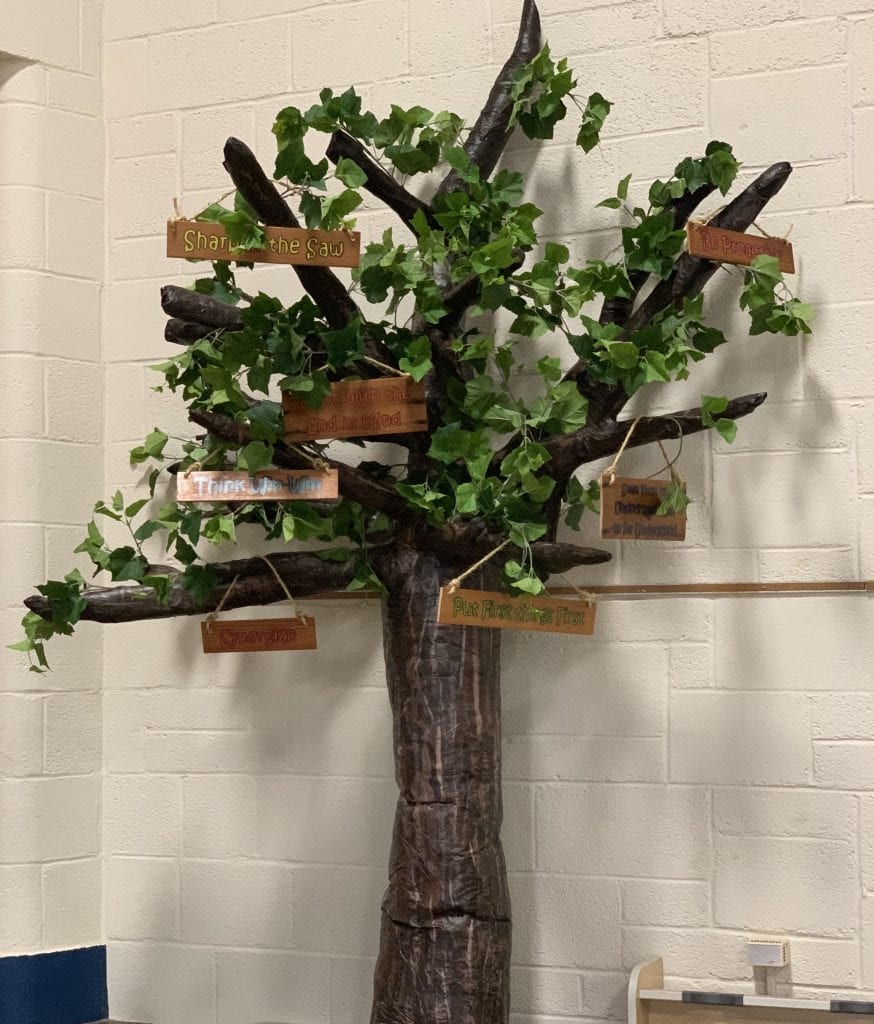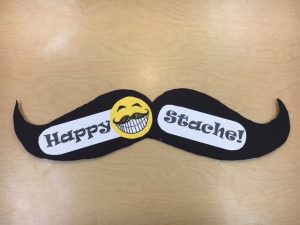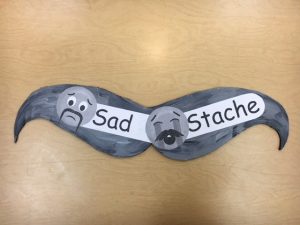Warm/Cool hands
Colors in a work of art can be grouped in families of warm and cool colors. The warm colors are red, orange and yellow while the cool colors are blue, purple and green. Trace your hand on a piece of paper. Hold your pencil straight up and down to achieve the best results. Have a sibling or parent help if needed. Draw a circle or square touching your traced fingertips and then repeat that shape larger and larger until it fills up the whole paper. Choose one family of colors (warm or cool) to color in the space inside the hand and the other family to color outside the hand. Have fun and enjoy!




